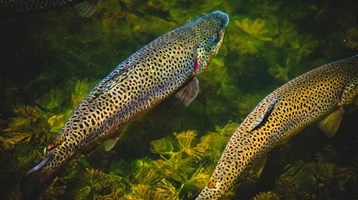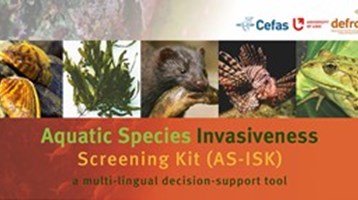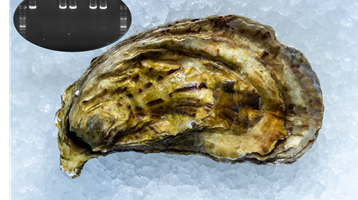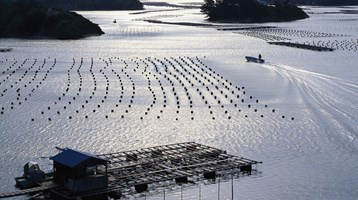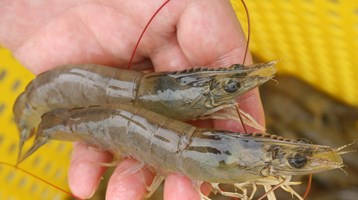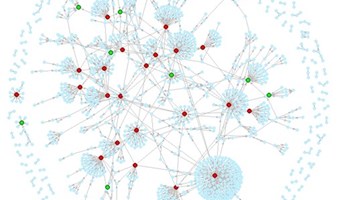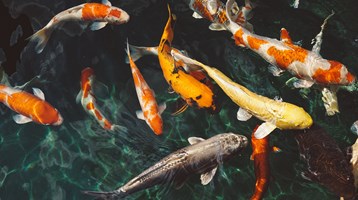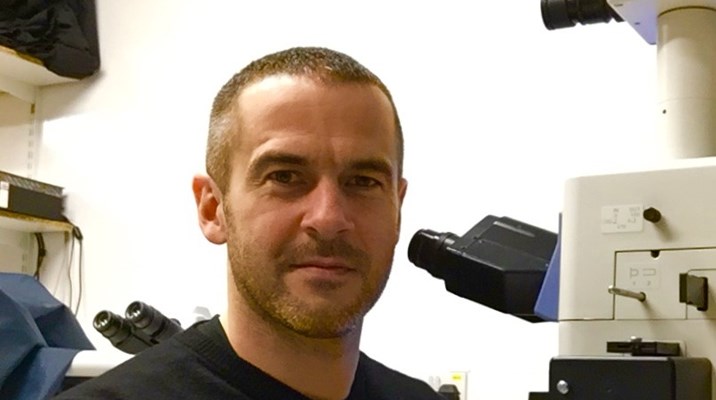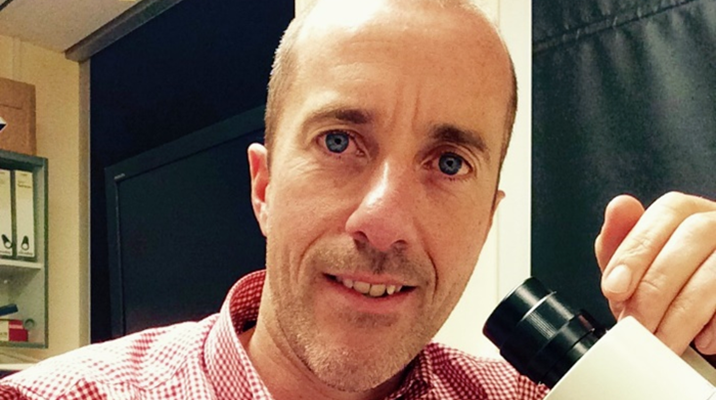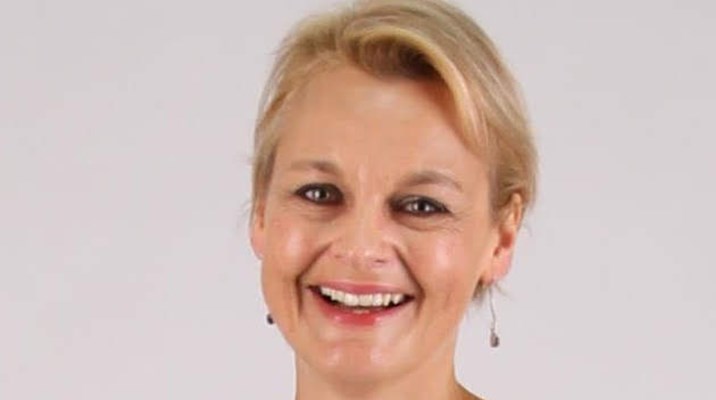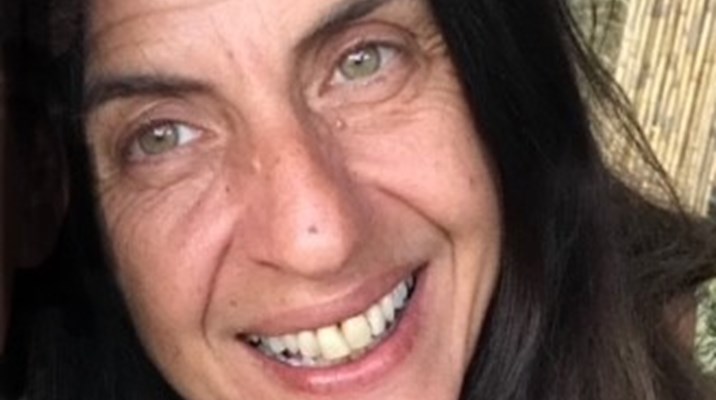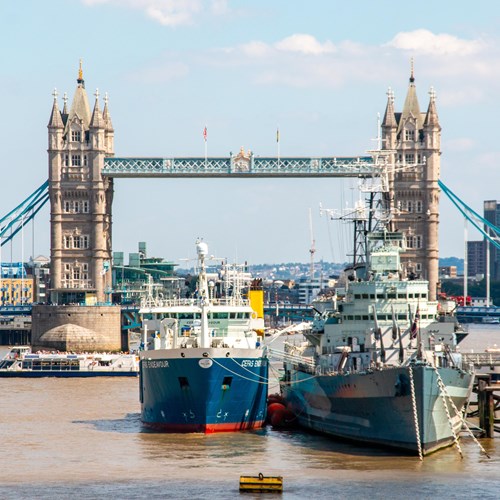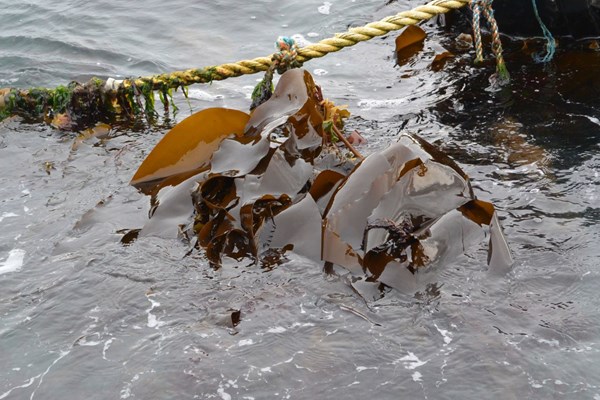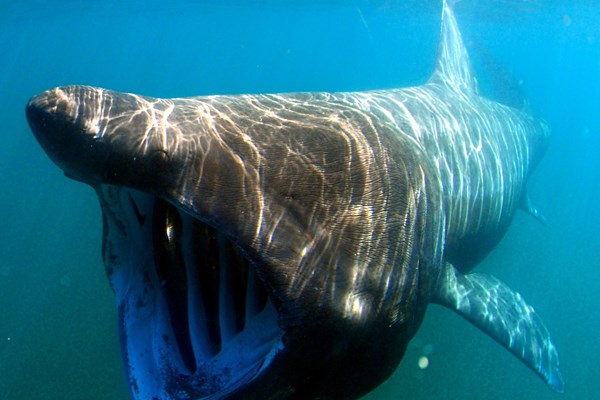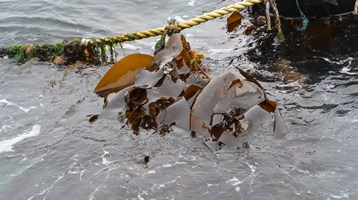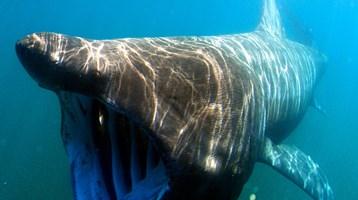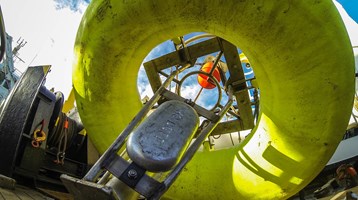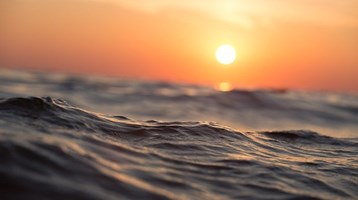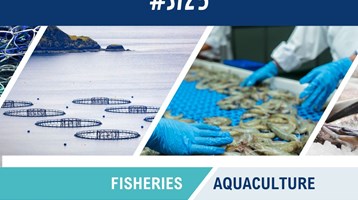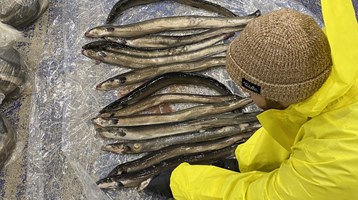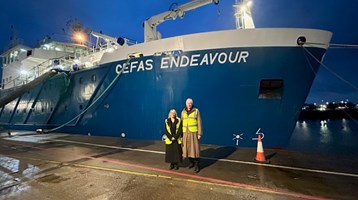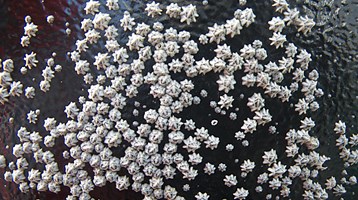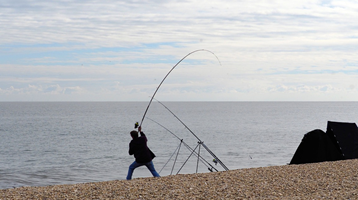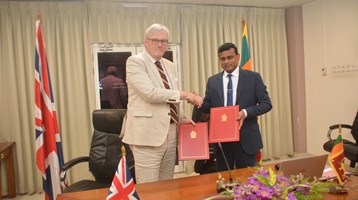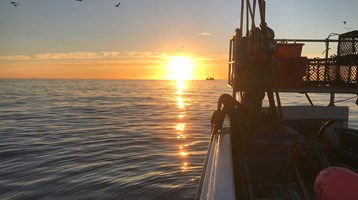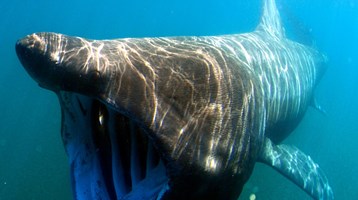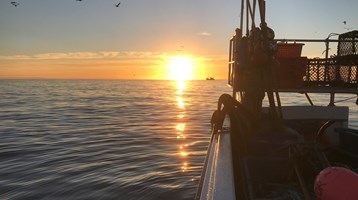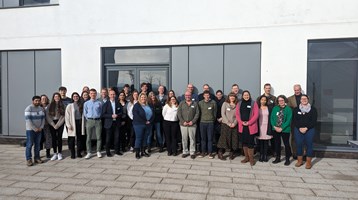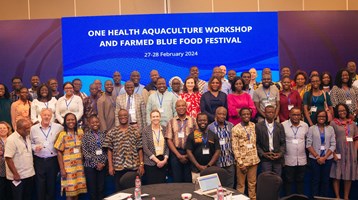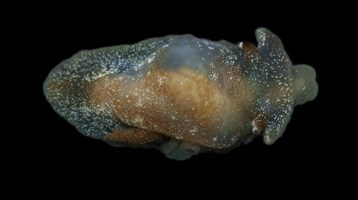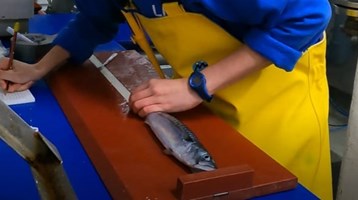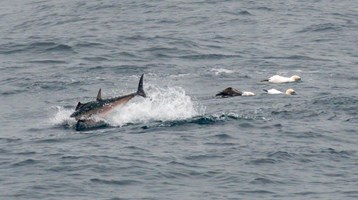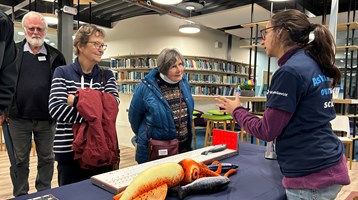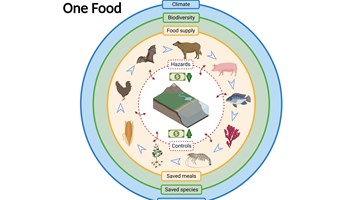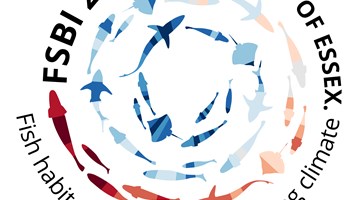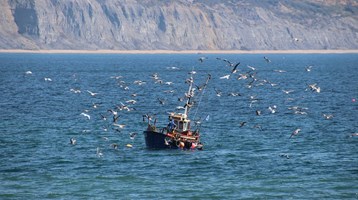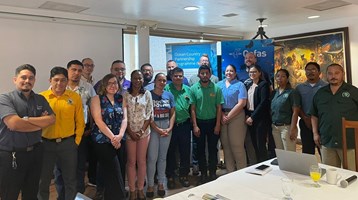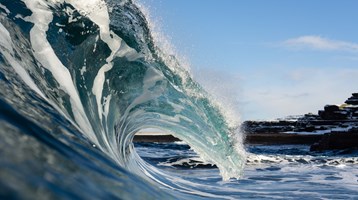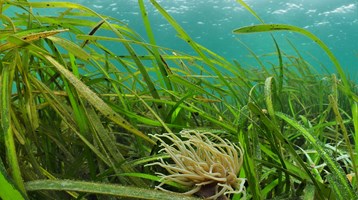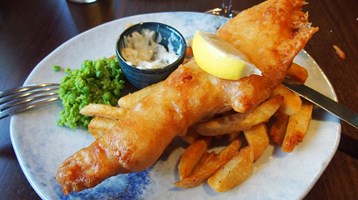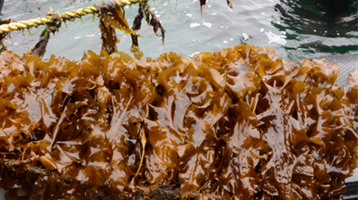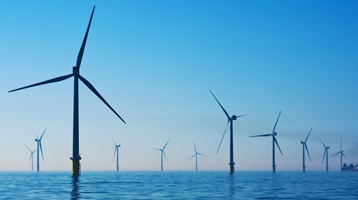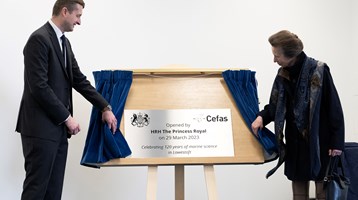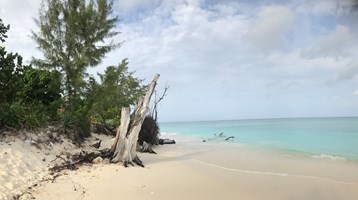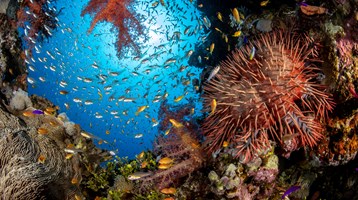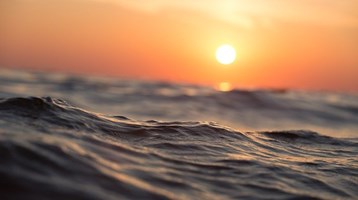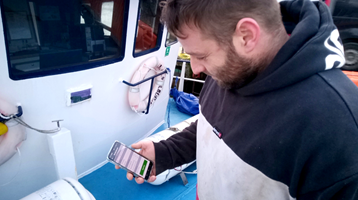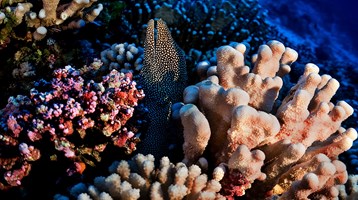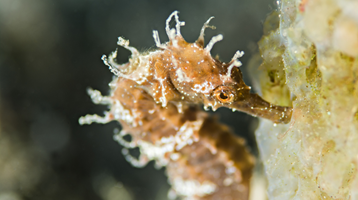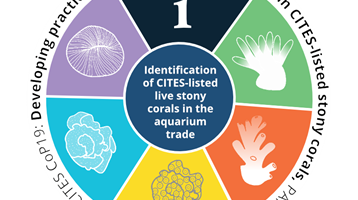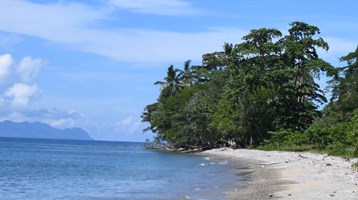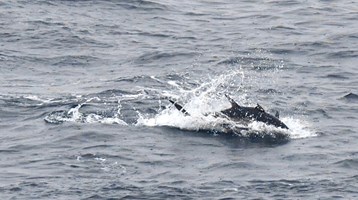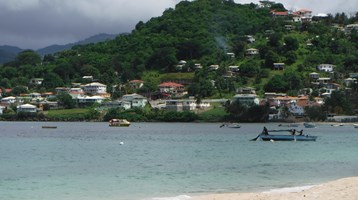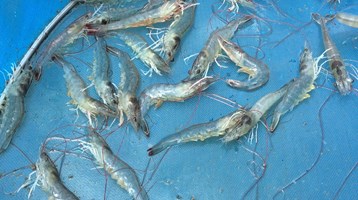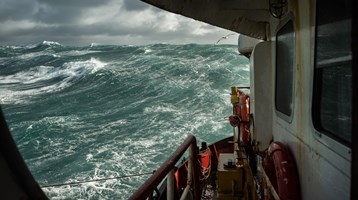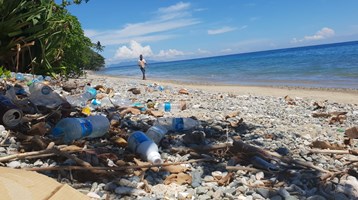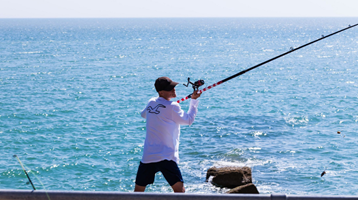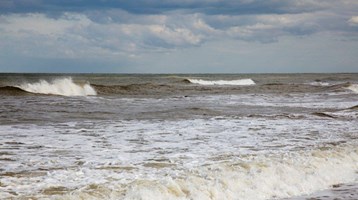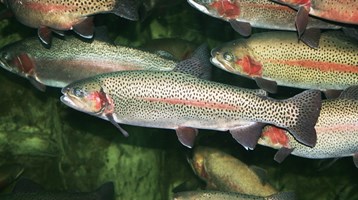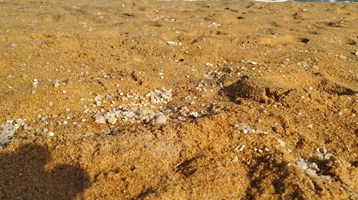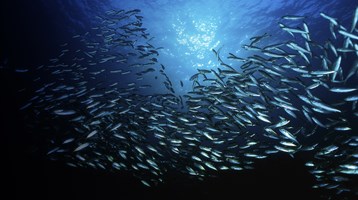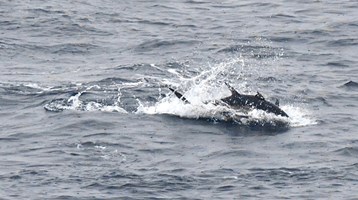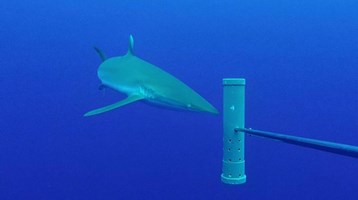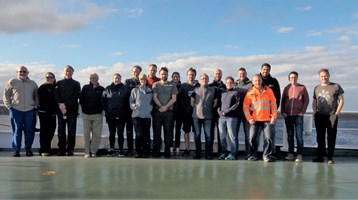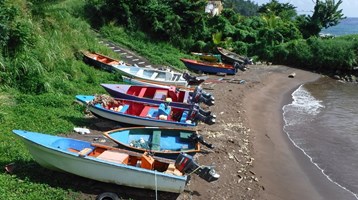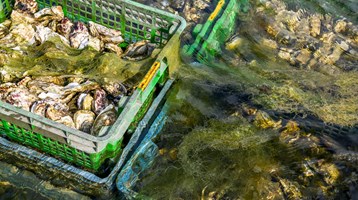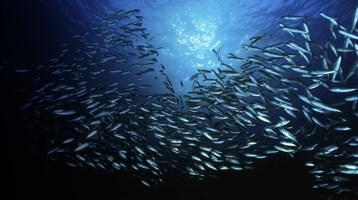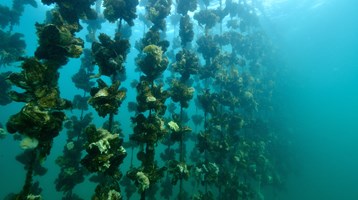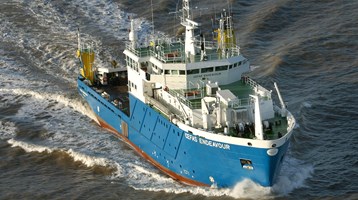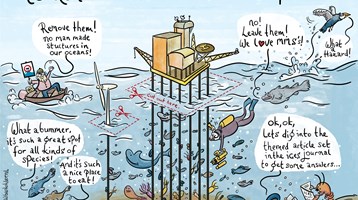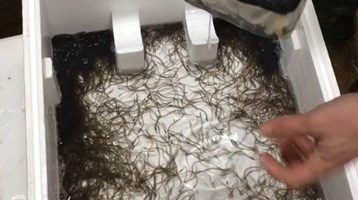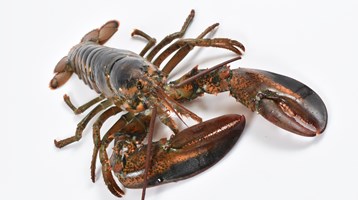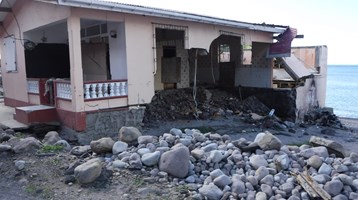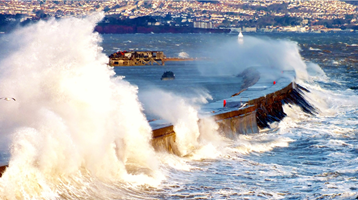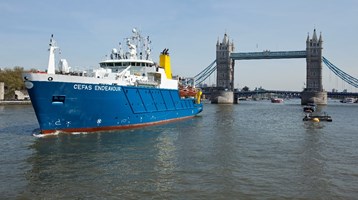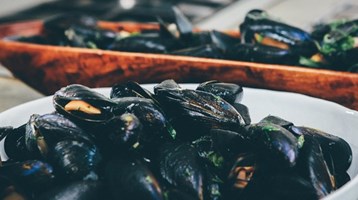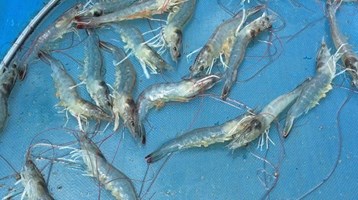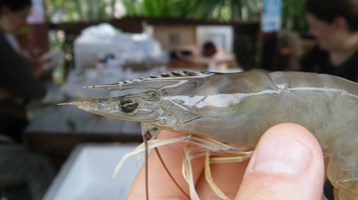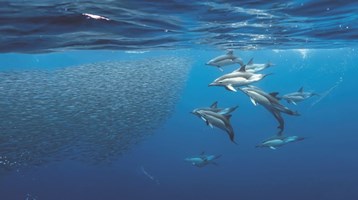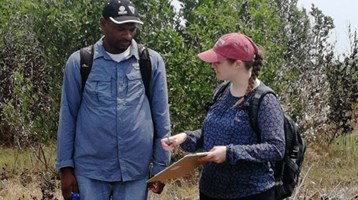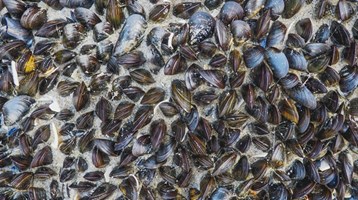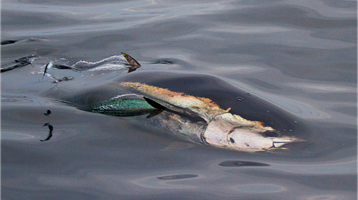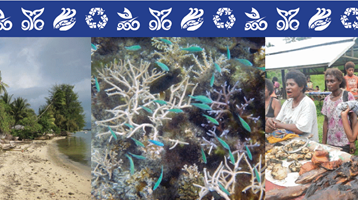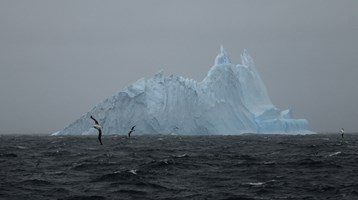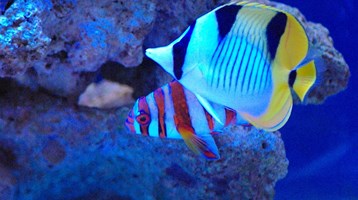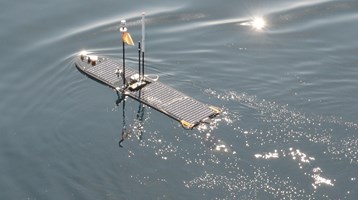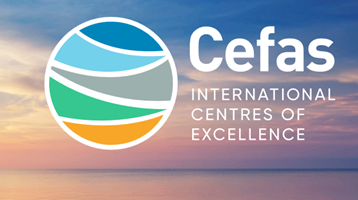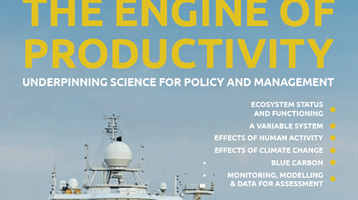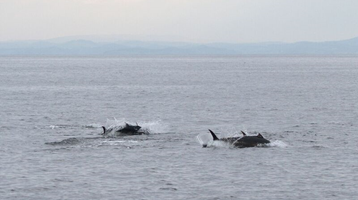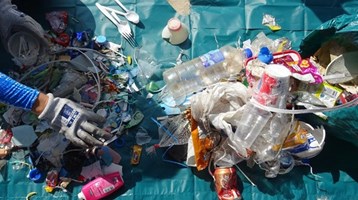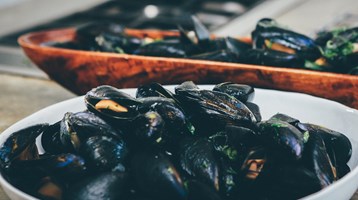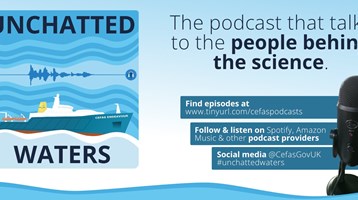Annual statistics for regulated scientific procedures performed on protected animals under the Animals (Scientific Procedures) Act 1986
16 July 2020
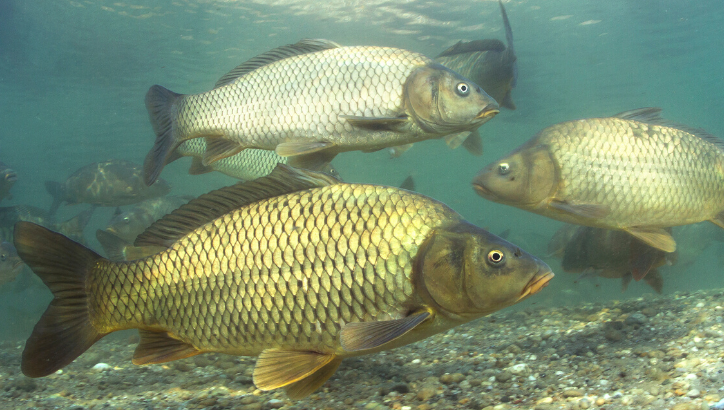
In the UK all experimental work with protected (sentient) animals which has the potential to cause suffering is regulated under the Animals (Scientific Procedures) Act 1986 (Amended Regulations 2012), usually referred to as ASPA. This regulation requires researchers to minimise animal use and harm, and report the numbers of individuals used and the severity of the harm they experienced to the Home Office. As a signatory of the Concordat on Openness on Animal Research Cefas is publishing its statistics on experimental use of animals in 2019 (Table 1), with additional tabulations to enable comparison to our previous statistics (Tables 2 and 3).
Cefas conducts applied research using fish which aims to: protect wild populations, biodiversity and the environment; and reduce disease and improve welfare in cultured stocks. In support of these aims, in 2019 Cefas used 1,580 fish across thirteen species in scientific procedures that had the potential to cause suffering to the fish (Table 1). The species used reflect their importance to fisheries, environmental quality, aquaculture and recreational fishing.
Cefas has a strong culture of care, supported by animal welfare and ethical review bodies which ensure all animal use is justified. Researchers minimise numbers used via robust experimental designs and minimise suffering by implementing humane end-points and frequent monitoring. This is reflected in the actual severity levels which fish experience – the vast majority of fish used in 2019 (76%) were categorised as a mild severity level; a further 16% were classified as sub-threshold (see Glossary, below). This maintains the pattern of previous years (Table 2), where a minority of individual fish (≤14%) have been subjected to moderate or severe levels of suffering, after applying all appropriate refinement techniques.
In 2019, European bass was the most used species (Table 1) which reflects their significance to aquaculture, and the importance of understanding wild fish movements and behaviour, and survival when discarded from commercial fishing operations, to stock management and conservation.
The other main species (common carp, three-spined stickleback, lumpfish) used in 2019 were within pathogen studies aimed at protecting the health of fish in the wild and within aquaculture.
There is considerable variation between years in the species and numbers of fish used at Cefas (Table 3). This reflects changes in the laboratory and field research projects undertaken. The number of fish Cefas used in 2019 decreased markedly from previous years (Table 3). This is primarily due to the completion of some long-term field-based research projects and the closure of the experimental aquarium facility at the Lowestoft site, with aspects of the aquarium work being transferred to the Weymouth Laboratory during 2019. Use of fish in 2020 is expected to be reduced by the COVID-19 situation which has restricted research in the both the laboratory and field.
In 2019, Cefas continued investigating the use of fish embryos as a replacement for later (sentient) developmental stages in studies on the effects of chemicals and pathogens. Such replacement is a long-term goal and has not yet affected our animal use.
Glossary (terms as defined in the Guidance on the Operation of ASPA):
Regulated procedure: “A procedure is regulated if it is carried out on a protected animal for a scientific or educational purpose and may cause that animal a level of pain, suffering, distress or lasting harm equivalent to, or higher than, that caused by inserting a hypodermic needle according to good veterinary practice.”
Sub-threshold: “below the level of pain, suffering, distress or lasting harm equivalent to that caused by inserting a hypodermic needle according to good veterinary practice”.
Non-recovery: “Procedures which are performed entirely under general anaesthesia from which the animal shall not recover consciousness”.
Mild: “Procedures on animals as a result of which the animals are likely to experience short-term mild pain, suffering or distress, as well as procedures with no significant impairment of the well-being or general condition of the animals”.
Moderate: “Procedures on animals as a result of which the animals are likely to experience short-term moderate pain, suffering or distress, or long-lasting mild pain, suffering or distress as well as procedures that are likely to cause moderate impairment of the well-being or general condition of the animals”.
Severe: “Procedures on animals as a result of which the animals are likely to experience severe pain, suffering or distress, or long-lasting moderate pain, suffering or distress, as well as procedures that are likely to cause severe impairment of the well-being or general condition of the animals”.
Table 1: Cefas use of protected animals within regulated scientific procedures in 2019 (*actual severity level)
|
Species |
Species (latin) |
*Sub-threshold |
*Non-recovery |
*Mild |
*Moderate |
*Severe |
Total (%) |
|
European bass |
Dicentrarchus labrax |
120
|
-
|
276
|
80
|
-
|
476 (30%) |
|
Common carp |
Cyprinus carpio |
30
|
-
|
268
|
16
|
2
|
316 (20%) |
|
Three-spined stickleback |
Gasterosteus aculeatus |
-
|
-
|
265
|
6
|
14
|
285 (18%) |
|
Lumpfish
|
Cyclopterus lumpus |
52
|
-
|
170
|
17
|
-
|
239 (15%) |
|
European smelt |
Osmerus eperlanus |
-
|
-
|
79
|
-
|
-
|
79 (5%) |
|
Small-eyed ray |
Raja microocellata |
-
|
-
|
65
|
-
|
-
|
65 (4%) |
|
Thornback Ray |
Raja clavata
|
-
|
-
|
51
|
-
|
-
|
51 (3%) |
|
Rainbow trout |
Oncorhynchus mykiss |
47
|
-
|
-
|
-
|
-
|
47 (3%) |
|
Starry smooth hound |
Mustelus asterias |
-
|
-
|
12
|
-
|
-
|
12 (<1%) |
|
Undulate ray
|
Raja undulata
|
-
|
-
|
5
|
-
|
-
|
5 (<1%) |
|
Atlantic bluefin tuna |
Thunnus thynnus |
-
|
-
|
3
|
-
|
-
|
3 (<1%) |
|
Spurdog
|
Squalus acanthias |
-
|
-
|
1
|
-
|
-
|
1 (<1%) |
|
Blonde ray
|
Raja brachyura |
-
|
-
|
1
|
-
|
-
|
1 (<1%) |
|
All (%) |
|
249 (16%) |
- (0%) |
1196 (76%) |
119 (8%) |
16 (1%) |
1580 (100%) |
Table 2: Cefas use of protected animals within regulated scientific procedures 2016-2019 by severity
|
Year |
Sub-threshold |
Non-recovery |
Mild |
Moderate |
Severe |
Total |
|
2016 |
1% |
0% |
93% |
6% |
0% |
100% |
|
2017 |
3% |
0% |
84% |
11% |
2% |
100% |
|
2018 |
4% |
0% |
83% |
14% |
0% |
100% |
|
2019 |
16% |
0% |
76% |
8% |
1% |
100% |
Table 3: Cefas use of protected animals within regulated scientific procedures 2016-2019 by species
|
Species |
Species (latin) |
2016 |
2017 |
2018 |
2019 |
Total 2016-19 |
|
Sea/ Brown trout |
Salmo trutta |
4,549 |
3,756 |
554 |
8,859 |
|
|
Atlantic salmon |
Salmo salar |
4,568 |
707 |
983 |
6,258 |
|
|
Ballan wrasse |
Labrus bergylta |
1,041 |
2,338 |
3,379 |
||
|
European eel |
Anguilla anguilla |
1,297 |
204 |
68 |
1,569 |
|
|
European bass |
Dicentrarchus labrax |
309 |
573 |
68 |
476 |
1,426 |
|
Common carp |
Cyprinus carpio |
590 |
160 |
120 |
316 |
1,186 |
|
Minnow |
Phoxinus phoxinus |
1,006 |
1,006 |
|||
|
Rainbow trout |
Oncorhynchus mykiss |
36 |
882 |
47 |
965 |
|
|
Bullhead |
Cottus gobio |
802 |
802 |
|||
|
Three-spined stickleback |
Gasterosteus aculeatus |
142 |
285 |
427 |
||
|
Lumpfish |
Cyclopterus lumpus |
239 |
239 |
|||
|
Chub |
Squalius cephalus |
160 |
2 |
162 |
||
|
Barbel |
Barbus barbus |
160 |
160 |
|||
|
Turbot |
Scophthalmus maximus |
84 |
56 |
140 |
||
|
European smelt |
Osmerus eperlanus |
50 |
79 |
129 |
||
|
Starry smooth hound |
Mustelus asterias |
14 |
99 |
12 |
125 |
|
|
Goldfish |
Carassius auratus |
120 |
120 |
|||
|
Thornback Ray |
Raja clavata |
51 |
51 |
102 |
||
|
Undulate ray |
Raja undulata |
65 |
5 |
70 |
||
|
Grayling |
Thymallus thymallus |
34 |
21 |
15 |
70 |
|
|
Small-eyed ray |
Raja microocellata |
65 |
65 |
|||
|
Stone loach |
Barbatula barbatula |
39 |
39 |
|||
|
Roach |
Rutilus rutilus |
3 |
26 |
29 |
||
|
Sea lamprey |
Petromyzon marinus |
28 |
28 |
|||
|
Brook lamprey |
Lampetra planeri |
18 |
18 |
|||
|
Perch |
Perca fluviatilis |
8 |
8 |
|||
|
Pike |
Esox lucius |
3 |
3 |
6 |
||
|
Atlantic bluefin tuna |
Thunnus thynnus |
3 |
3 |
|||
|
Spurdog |
Squalus acanthias |
1 |
1 |
|||
|
Blonde ray |
Raja brachyura |
1 |
1 |
|||
|
Gudgeon |
Gobio |
1 |
1 |
|||
|
Total number of individual fish used |
|
11,433 |
7,847 |
6,533 |
1,580 |
|
|
Number of species used |
|
8 |
16 |
21 |
13 |
|

